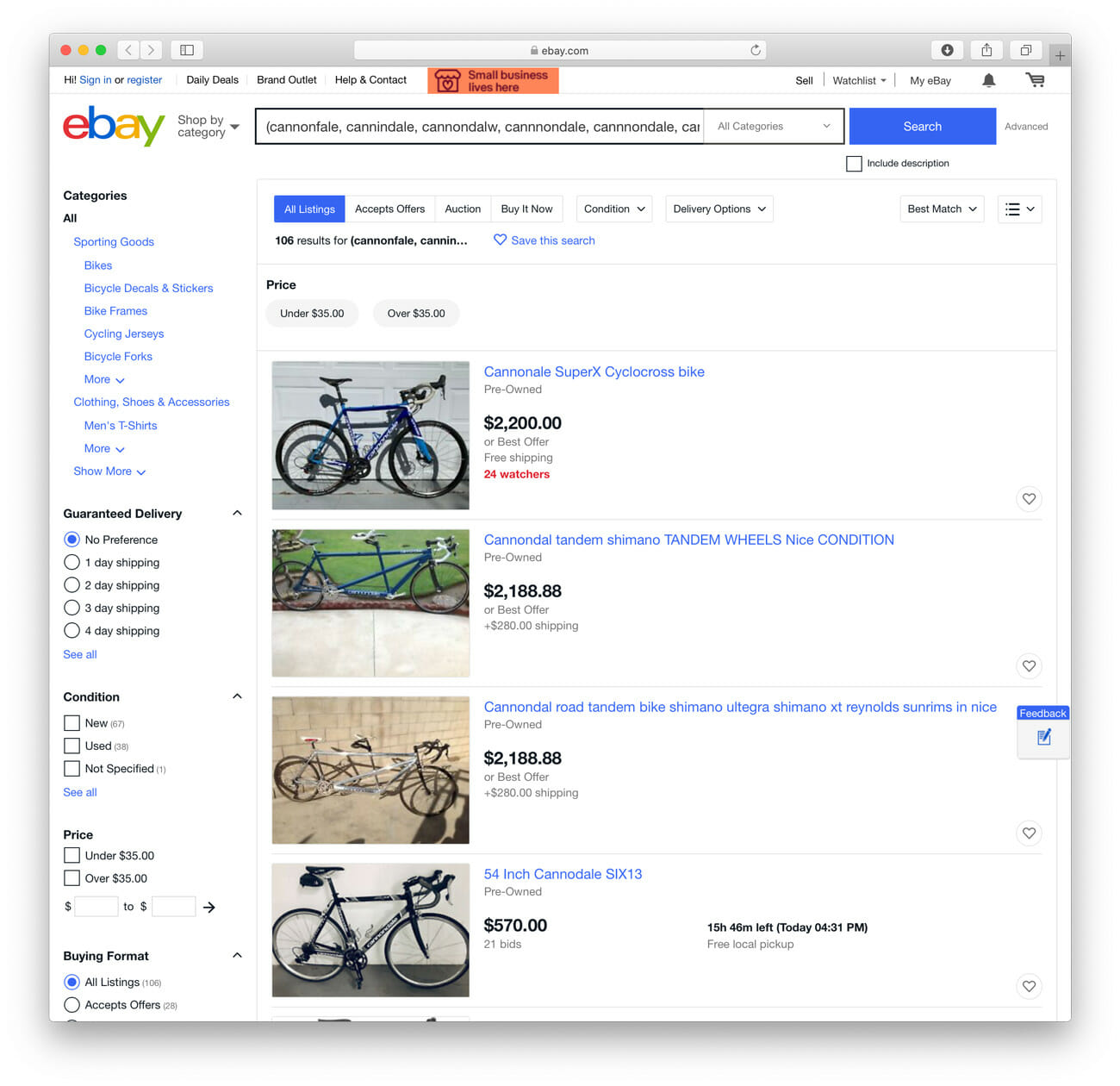The science behind recovery gear should come with an asterisk. It’s not that it doesn’t work, but the benefits may be more mental than physical; there’s a limit to how much it can help. The term active recovery stems from the effort to ease soreness and prepare our bodies for the next effort. And yet, science shows that the best recovery method is actually passive, free and something we can’t function without sleep.
The perception that we are involved in our recovery is hard to shake. How many runners and cyclists take an Epsom salt bath after a hard workout to help flush out lactic acid? Lactic acid doesn’t cause muscle soreness. Instead, it recycles itself back into stored energy within an hour after exercise. By the time an athlete gets home and fills the bathtub, the lactic acid is gone.
When you start a new training regimen, you might not be sore right away but you will likely feel it several days later. That phenomenon is known as delayed onset muscle soreness (DOMS) and is caused by micro-tears in muscles (and not by lactic acid as is a common myth), most often happening in movements where the muscles stretch or lengthen. Think the lowering of your arm during a bicep curl or the stepping down from a box jump. That soreness remains the primary justification for massage products and the use of ibuprofen. Before you throw down hundreds for some fancy leg chambers you saw an Olympian using on Instagram, know your money is likely better spent on a comfy recliner.
That’s not an excuse to skip cooldown exercises or massages – mainly if they work for you – as studies continue to find benefits, even if they can’t explain them. “I am a big advocate of recognizing the principle of individual differences,” Dixie Stanforth, Ph.D., Fellow of the American College of Sports Medicine (FACSM), and editorial board member of ACSM Health & Fitness Journal, says. She’s a big fan of foam rollers and massage, which allow you to enter a parasympathetic state, where your body knows to slow your heart rate, blood pressure and breathing rate. One caveat with rollers is that getting too intense can cause pain and trigger the body’s fight or flight response, where your heart rate spikes and you have a burst of energy. Make sure to track your heart rate and let your body come back down to a resting state before calling it quits.
We pulled ten of the best recovery aids to help you improve sleep and muscle soreness. While pampering yourself into a relaxed state may be the most beneficial outcome, anything that feels good after using it is worth the investment.
Fit Simply Resistance Bands
For light-resistance stretches or recovery cooldowns, these bands can work muscles in a variety of ways you can’t (safely) get from free weights. The five color-coded bands represent different weights, with the red one providing two pounds of resistance and the black one registering around 25 pounds. For recovery, you want to stay on the lower end of that scale — save those heavier bands for an actual workout. It’s a simple set that’s affordable and travel-friendly, plus it comes with a lifetime guarantee.
Trigger Point Grid Foam Roller
The Grid Foam Roller is one of the original self-massage tools. A lot of the ‘upgrades’ stray toward more dubious claims and cost more. This hands-on approach to massage helps your body know its time to begin recovering. There is evidence that post-effort self-massage with a foam roller can temporarily increase the range of motion and alleviate muscles soreness over a few days. It’s not a torture device, so avoid movements that cause too much discomfort as misuse can also lead to injury. Do you need one that vibrates? Probably not.
Addaday Type J+ Junior Roller
The Junior+ Roller is a favorite travel-ready massage tool. It’s a larger and softer version of the balls used on Addaday’s stick rollers, which is good since the massage roller reaches some of the more sensitive muscles, like feet. The roller sits inside an easy-to-grip frame that can also sit on the floor while you work your arches. If you’ve held off buying a roller before, the Junior is an excellent entry-point to recovery. It will quickly become a must-pack for post-race bags.
Oofos OOmg Fibre Low Shoes
If your workout runs overtime, elevating your legs isn’t always an option. That’s where recovery footwear comes in. The Oofos flip-flops make great house footwear, but don’t fare as well outside. The shoes can go out on errands and withstand light outdoor use. A flexible and breathable upper makes for a snug, sweat-free fit meaning they make walking around after a workout extremely comfortable, especially for those with foot issues like plantar fasciitis.
Tailwind Rebuild Drink
Sometimes a ride or run goes long, and you’re behind schedule. A recovery drink can help save time and sate your hunger for more than an hour. Tailwind’s Rebuild recovery mix is unique in that it offers a complete protein made from vegan ingredients like organic rice, amino acids and coconut milk. The six-pack of single-use packets comes in chocolate or vanilla.
CEP Merino Socks for Recovery
Compression socks have shown promise as a legit post-run recovery device, though some studies had participants wear them for an improbable two days after a marathon effort, and then tested their recovery on a treadmill test. Hopefully, you’re not running to failure anytime soon after a marathon. Pros and weekend warriors alike swear by their socks, and even researchers admit that a perceived reduction in muscle soreness and inflammation may benefit the athlete. At worst, wearing these is a comfortable way to signal you are in lounging mode. Weekend warriors may want to use them to alleviate next-day soreness for those Saturday-Sunday efforts.
Charlotte’s Web Extra Strength CBD Oil
The science behind CBD and its benefits is still emerging, which means it is easy for companies to throw out overreaching claims and hope research backs them up some day. That said, studies in humans have found that full-spectrum hemp oil can curb anxiety and reduce inflammation which in turn help regulate sleep. Hemp oil is also high in omega fatty acids and plays well with other micronutrients. Charlotte’s Web sources its hemp from Colorado farms which have a reputation for monitoring soil contamination and product consistency. Despite the naming convention, the Extra Strength oil is a good entry level, as the Original Formula contains three times as much CBD.
Nuun Rest
If you have trouble falling asleep, try one of these magnesium and tart cherry-packed tablets. The melatonin in these tablets will aid sound sleep — dissolve one tablet in four ounces (half a cup) and don’t worry about getting up in the middle of the night. The Lemon Chamomile and Blackberry Vanilla flavors can be served cold, or try one in warm water with a dash of honey, like a tea.
Slumbercloud Nacreous Cooling Mattress Pad
Cooler bedroom temperatures make for better sleep — aim for 60 to 67 according to The Cleveland Clinic — but the thermostat can’t keep heat from building up between your body and the mattress. This cooling mattress pad siphons excess heat into the mattress and returns it when your temperature drops. The liner inside the mattress pad contains tiny beads that attract or repel heat according to a set temperature, creating a consistent sleeping temperature, which is especially useful for old school souls who sleep without air conditioning in the summer.
Good to Go, by Christie Aschwanden
What does a book have to do with recovery? Good To Go pulls back the curtain on the recovery industry and questions the efficacy of many popular recovery methods. Aschwanden is an author, athlete and lead science writer at FiveThirtyEight. Her research even challenges the notion that athletes need to help their body recover faster, which should make you stop popping ibuprofen like its candy. If you’re a weekend warrior, a post-effort nap is the most effective and cheapest option out there. If you’ve thought about investing $100 in infrared pajamas or a recovery gym, give this book a read first.














